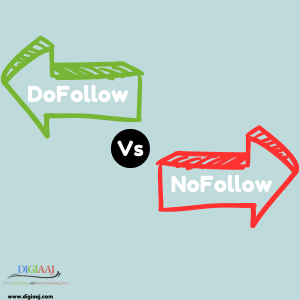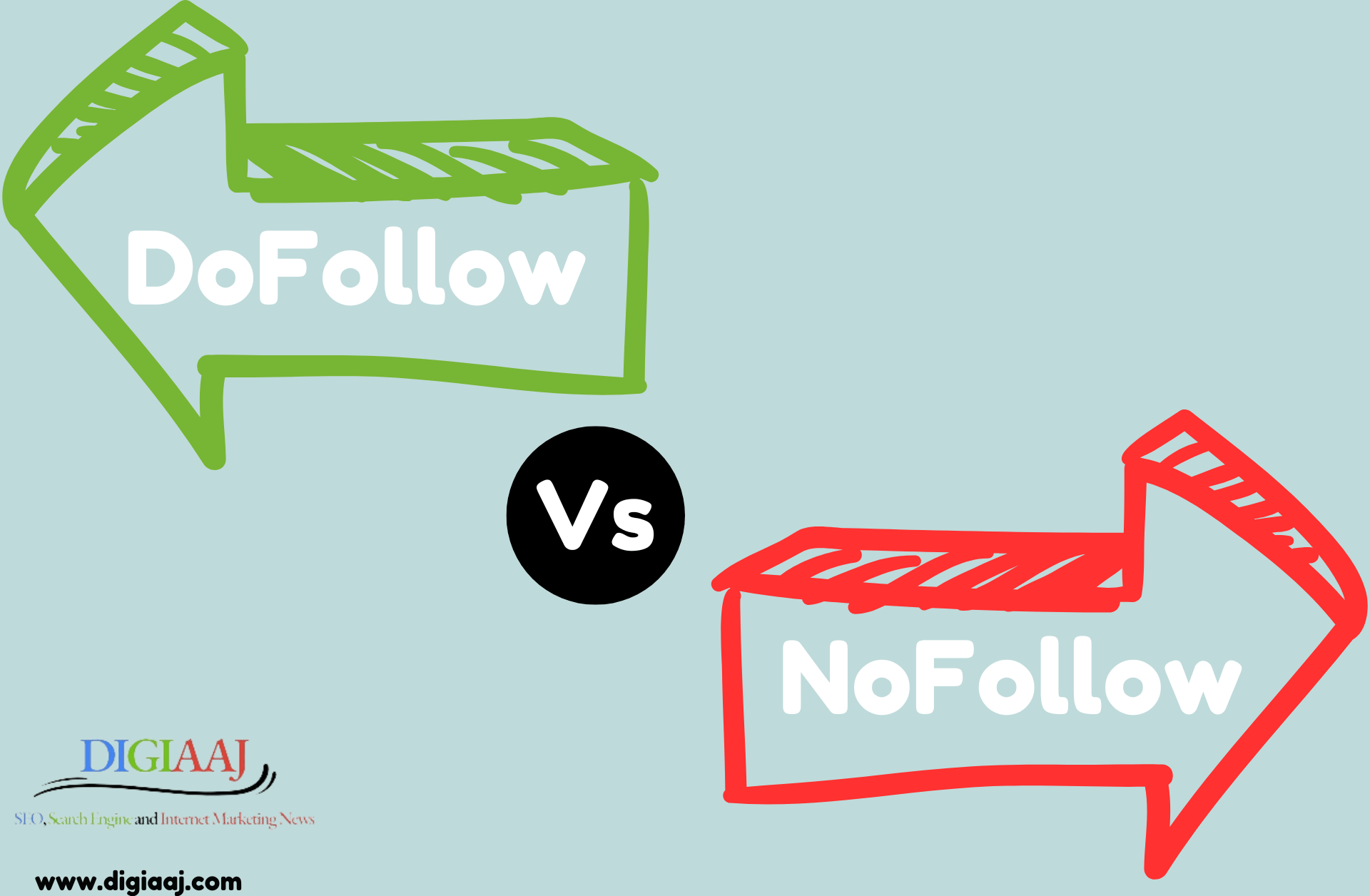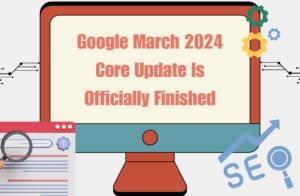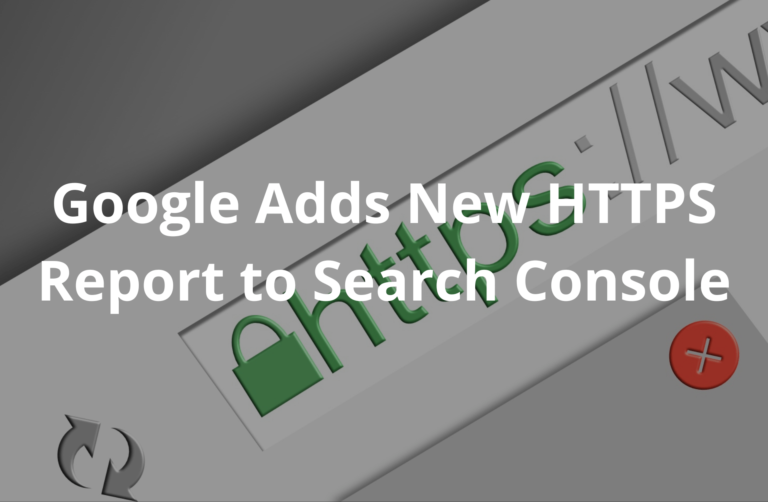Many website owners believe all backlinks carry equal weight for SEO. However, the reality of follow and no follow links tells a different story.
Whether you’re building links for a new website or managing an established online presence, understanding what are dofollow and no follow backlinks is crucial for your SEO strategy.
These link attributes significantly influence how search engines crawl, interpret, and value the connections between websites.
This guide examines What are Dofollow and Nofollow backlinks and the true SEO impact of different link attributes, their technical implementation, and strategic usage.
You’ll learn how to effectively use these link types to strengthen your website’s authority while staying aligned with search engine guidelines.
Table of Contents
What Are Backlinks?
Backlinks, also known as inbound or incoming links, are hyperlinks that connect one website to another. Search engines like Google use backlinks as a way to evaluate the credibility and relevance of a website. Websites with a strong backlink profile are generally perceived as more authoritative, which can lead to higher search engine rankings.
Backlinks can be categorized into two primary types:
- Dofollow Backlinks
- Nofollow Backlinks
Both types serve unique purposes in an SEO strategy. Let’s explore each in detail.
What are Dofollow and Nofollow backlinks?
Dofollow Backlinks
Dofollow backlinks are the default type of links that allow search engine crawlers to follow them to the linked website. These links pass on “link juice” or authority from the referring website to the destination website, directly impacting the destination’s search engine rankings.
Key Features of Dofollow Backlinks
- Link Equity Transfer: Dofollow backlinks pass authority from the referring domain to the linked domain, boosting its credibility and ranking potential.
- SEO Impact: These links contribute significantly to improving a website’s position in search engine results pages (SERPs).
- Default Behavior: Unless specified otherwise, hyperlinks are automatically dofollow.
Examples of Dofollow Backlinks
- Editorial links in articles or blog posts.
- Links from high-authority websites like news outlets or academic journals.
- Contextual links within valuable content.
How to Identify a Dofollow Link
To determine whether a link is dofollow, inspect its HTML code. If there’s no “rel=nofollow” attribute, it’s a dofollow link. For example:
<a href=”https://example.com”>Example Link</a>
Nofollow Backlinks
Nofollow backlinks contain a “rel=nofollow” attribute in their HTML code, instructing search engines not to pass link equity to the linked website.
While they don’t directly contribute to improving search rankings, they still hold value in an overall SEO strategy.
Key Features of Nofollow Backlinks
- No Link Juice Transfer: These links don’t pass authority to the linked site.
- Spam Control: Often used to prevent spam in comment sections or forums.
- Traffic Potential: They can still drive referral traffic to the linked site.
Examples of Nofollow Backlinks
- Links in comm forums.
- Sponsored content anent sections or advertisements.
- Social media platform links.
How to Identify a Nofollow Link
Nofollow links include the “rel=nofollow” attribute in their HTML code. For example:
<a href=”https://example.com” rel=”nofollow”>Example Link</a>
Dofollow vs. Nofollow Backlinks: Key Differences
Aspect | Dofollow Backlinks | Nofollow Backlinks |
|---|---|---|
Link Equity (Link Juice) | Passed to the linked website | Not passed to the linked website |
Impact on SEO | Directly influences search engine rankings | Does not directly impact search engine rankings |
HTML Attribute | No special attribute (“rel=dofollow” is implicit) | Contains “rel=nofollow” |
Common Usage | Credible sources, partnerships | Ads, comments, sponsored posts |
What is the Importance of Backlink Diversity?
A healthy backlink profile is essential for SEO success. Search engines value diversity in backlinks, meaning a mix of dofollow and nofollow links can appear more natural. Here’s why:
- Natural Link Building: A balanced profile with both types of links signals to search engines that your backlinks are earned, not manipulated.
- Referral Traffic: Both dofollow and nofollow links can drive visitors to your site, increasing visibility and engagement.
- Brand Awareness: Even nofollow links can enhance brand recognition when placed on high-traffic websites.
Google’s current treatment of different link types
As of March 2024, Google made a fundamental shift in how it processes link attributes. Instead of treating nofollow as a directive, Google now considers it as a “hint,” alongside two new attributes:
- rel=”sponsored” – For paid or sponsored content
- rel=”ugc” – For user-generated content
This change allows Google to make more informed decisions about which links to consider for ranking purposes. Consequently, the search engine may choose to count certain nofollow links as ranking signals if they appear relevant and trustworthy.
For webmasters, this means maintaining a natural mix of both follow and nofollow links remains crucial.
Additionally, Google specifically recommends using the sponsored attribute for any paid links to avoid potential penalties.
The search engine’s evolving approach to link attributes demonstrates its commitment to understanding the complex relationships between websites more effectively.
Common implementation mistakes to avoid
Several implementation errors can impact your SEO efforts. Here are critical mistakes to watch for:
- Applying nofollow to all external links unnecessarily
- Using nofollow on internal links when other methods like robots meta tags would be more appropriate
- Unintended noindex or nofollow tags in crawl patterns
Best practices for attribute implementation
To ensure proper implementation of link attributes, follow these essential guidelines:
- Choose the Right Attribute: Use appropriate attributes based on the link type:
- rel=”sponsored” for paid links
- rel=”ugc” for user-generated content
- rel=”nofollow” for unendorsed content
- Implementation Methods:
- For WordPress users, utilize plugins like “Ultimate Nofollow” for visual checkbox options
- Review your robots.txt file to ensure it isn’t blocking important pages
- Include critical pages in your XML sitemap to guide search engine crawlers
Particularly important is the proper implementation of sponsored content attributes.
Indeed, Google specifically requires the use of either sponsored or nofollow attributes for any paid links to avoid potential penalties.
For those uncomfortable with direct HTML editing, accordingly, most modern content management systems offer built-in options to manage link attributes through their user interface.
This approach helps maintain consistency while reducing the risk of implementation errors.
Impact on Search Engine Rankings
Search engine rankings heavily depend on the quality and quantity of backlinks pointing to a website.
A Backlinko study revealed that pages ranking first in Google have 3.8 times more backlinks than pages ranking in positions 2-9.
How search engines interpret different link types
Search engines evaluate links based on multiple factors. Here’s what they primarily consider:
- Domain authority of the linking site
- Page authority of the specific linking page
- Topical relevance between linked pages
- Position of the link on the page
- Natural mix of follow and nofollow attributes
Essentially, Google treats the nofollow attribute as a hint rather than a directive.
This means that even nofollow links might influence rankings if they come from highly relevant or authoritative sources.
PageRank distribution mechanics
PageRank works by counting both the quantity and quality of links to determine a website’s importance.
The underlying principle suggests that more important websites naturally receive more links from other reputable sites.
The distribution of PageRank follows these key principles:
- Each link acts as a vote of confidence
- Links from higher-authority pages carry more weight
- Pages with higher PageRank scores indicate greater authority
Measuring SEO impact of link attributes
Generally, backlinks bring both direct and indirect advantages to websites.
The primary benefit of dofollow backlinks lies in their ability to pass link juice and strengthen website authority.
Notably, different search engines handle link attributes uniquely:
- Google: Considers nofollow as a hint and may still use these links in ranking calculations
- Bing: Places emphasis on link quality over attributes, valuing links from trusted sources
- DuckDuckGo: Focuses on high-quality backlinks regardless of follow/nofollow status
Ultimately, while dofollow links directly impact rankings, nofollow links still contribute to a natural backlink profile.
Search engines value websites with diverse link profiles that include both follow and nofollow links, as this pattern appears more organic and trustworthy.
Strategic Usage of Link Attributes
Creating an effective link strategy requires careful consideration of when to use different link attributes.
Altogether, understanding the appropriate scenarios for each attribute type helps maintain a healthy website profile while adhering to search engine guidelines.
When to use follow links
Follow links serve as digital votes of confidence between websites.
Use follow links in these authentic scenarios:
- Internal links to your own content
- Links to trusted, authoritative sources
- References to original research or statistics
- Links within guest posts (when allowed)
- Citations of legitimate sources
Appropriate scenarios for nofollow
Google explicitly requires nofollow or sponsored attributes for certain types of links.
Here are the essential scenarios where nofollow attributes are necessary:
- Paid or sponsored content
- Affiliate marketing links
- User-generated content in comments
- Forum discussions
- Links to untrusted or questionable sources
Balancing link attributes for optimal SEO
Obviously, maintaining a natural mix of follow and nofollow links is crucial for SEO success. Undoubtedly, a website with 100% follow links appears suspicious to search engines. Besides, Google now treats nofollow as a hint rather than a directive, making it essential to implement both types strategically.
A balanced approach includes:
Natural Link Building: Focus on earning high-quality backlinks through valuable content creation and genuine relationships with other websites. Soon after establishing these connections, you’ll notice increased referral traffic alongside SEO benefits.
Strategic Implementation: Use appropriate attributes based on the context. For instance, straightaway apply sponsored tags for paid partnerships and UGC tags for user-generated content.
Quality Over Quantity: While nofollow links don’t directly pass PageRank, they can generate valuable traffic and often lead to follow links from other sources. Essentially, focus on building relationships that create genuine linking opportunities rather than obsessing over link attributes.
Monitoring and Adjustment: Keep track of your link profile’s composition. A natural website typically shows a mix of both follow and nofollow links. This diversity signals to search engines that your link-building practices align with their guidelines.
Remember that nofollow links still provide value beyond SEO rankings. They can drive referral traffic, increase brand visibility, and contribute to a more diverse and natural-looking link profile..
Future of Link Attributes
The landscape of link attributes is undergoing substantial changes as search engines become more sophisticated in evaluating website connections.
Google now treats nofollow links as “hints” rather than strict directives, marking a fundamental shift in how these attributes influence search rankings.
Emerging link attribute trends
Link building is becoming increasingly competitive, highlighting the need for innovative strategies and content that connects.
Essentially, nofollow links are gaining recognition for their potential value in diversifying backlink profiles.
Currently, Google works to ensure it fully discounts links intended to manipulate search engine results, such as excessive link exchanges and purchased links that pass PageRank.
The evolution of link attributes shows a clear trend toward:
- More nuanced evaluation of link context
- Greater emphasis on natural link patterns
- Integration of user engagement metrics
- Enhanced focus on link relevance
AI and machine learning implications
Artificial intelligence is fundamentally changing how search engines analyze and value links.
Notably, AI systems can now predict the likelihood of future link connections based on existing patterns and node popularity. This advancement enables search engines to:
AI Capability | Impact on Link Attributes |
|---|---|
Pattern Recognition | Better detection of artificial link schemes |
Content Analysis | Improved understanding of link context |
User Behavior | Enhanced evaluation of link value |
Predictive Analysis | More accurate assessment of link quality |
Subsequently, AI outreach tools are making the process automated and in some cases even fruitful.
Primarily, these tools help identify quality link opportunities while reducing the manual effort required in traditional link building.
Preparing for future SEO changes
As search engines become more sophisticated, preparing for future changes in link attributes requires a strategic approach.
Real networks are highly dynamic with the constant addition and removal of nodes and edges.
To stay ahead, consider these essential preparations:
- Diversify Link Sources
- Focus on building authentic relationships
- Maintain a natural mix of follow and nofollow links
- Prioritize high-quality, experience-driven content
- Embrace Technical Evolution
- Stay updated with new link attributes
- Monitor algorithm changes
- Implement proper attribute syntax
- Focus on User Experience
- Create content that solves real problems
- Build genuine user engagement
- Prioritize authentic user interactions
Fundamentally, Google’s ability to detect artificial link building practices is expected to improve.
Evidently, this advancement will make it more crucial than ever to focus on authentic relationship building and natural link acquisition strategies.
The integration of machine learning in link analysis means that search engines can now better understand the temporal aspects of links, including how node popularity and activity levels influence future connections.
Ultimately, this suggests that the value of links will increasingly depend on both their structural importance and current relevance to users.
Best Practices for Building Dofollow and Nofollow Backlinks
1. Leverage Guest Blogging
Contribute valuable content to authoritative blogs in your industry. Make sure to incorporate dofollow links where appropriate.
2. Create Link-Worthy Content
Publish unique, high-quality content like tutorials, research studies, and infographics to attract natural backlinks.
3. Engage on Social Media
Sharing your content on platforms like Facebook, Twitter, and LinkedIn generates nofollow links that still drive traffic.
4. Use Nofollow for Paid and Low-quality Links
Ensure sponsored posts, advertisements, and links from questionable sources use the nofollow attribute to avoid penalties.
5. Build Relationships in Your Niche
Network with industry influencers and peers to encourage organic backlinking opportunities.
Steps to Audit and Improve Your Backlink Profile
- Analyze Your Backlink Portfolio: Use tools like Ahrefs or SEMrush to evaluate the quality and diversity of your backlinks.
- Disavow Harmful Links: Identify and disavow spammy or irrelevant links that may harm your rankings.
- Strengthen Relationships: Build rapport with authoritative sites in your niche to acquire high-quality links.
- Monitor Regularly: Periodically check your backlink profile to ensure compliance with SEO best practices.
Wrapping Up
Link attributes remain a vital component of SEO strategy, though their role continues to evolve. While follow links pass direct ranking signals, nofollow links now serve as hints rather than strict directives, making both types valuable for different reasons.
Search engines have grown smarter about evaluating link relationships, particularly through AI and machine learning advances. This shift emphasizes the need for authentic link-building practices rather than technical manipulation. Successful SEO strategies now depend on maintaining diverse link profiles that include both follow and nofollow attributes.
The future points toward even more sophisticated link evaluation systems. Smart webmasters will focus on creating valuable content that naturally attracts links while using appropriate attributes based on context. Rather than fixating on follow vs. nofollow ratios, websites should prioritize building genuine relationships and delivering real value to users.
Remember that link attributes serve as tools for honest communication with search engines about your website’s relationships. Using them correctly helps search engines understand your content better, ultimately leading to more accurate search rankings and improved visibility for your website.










